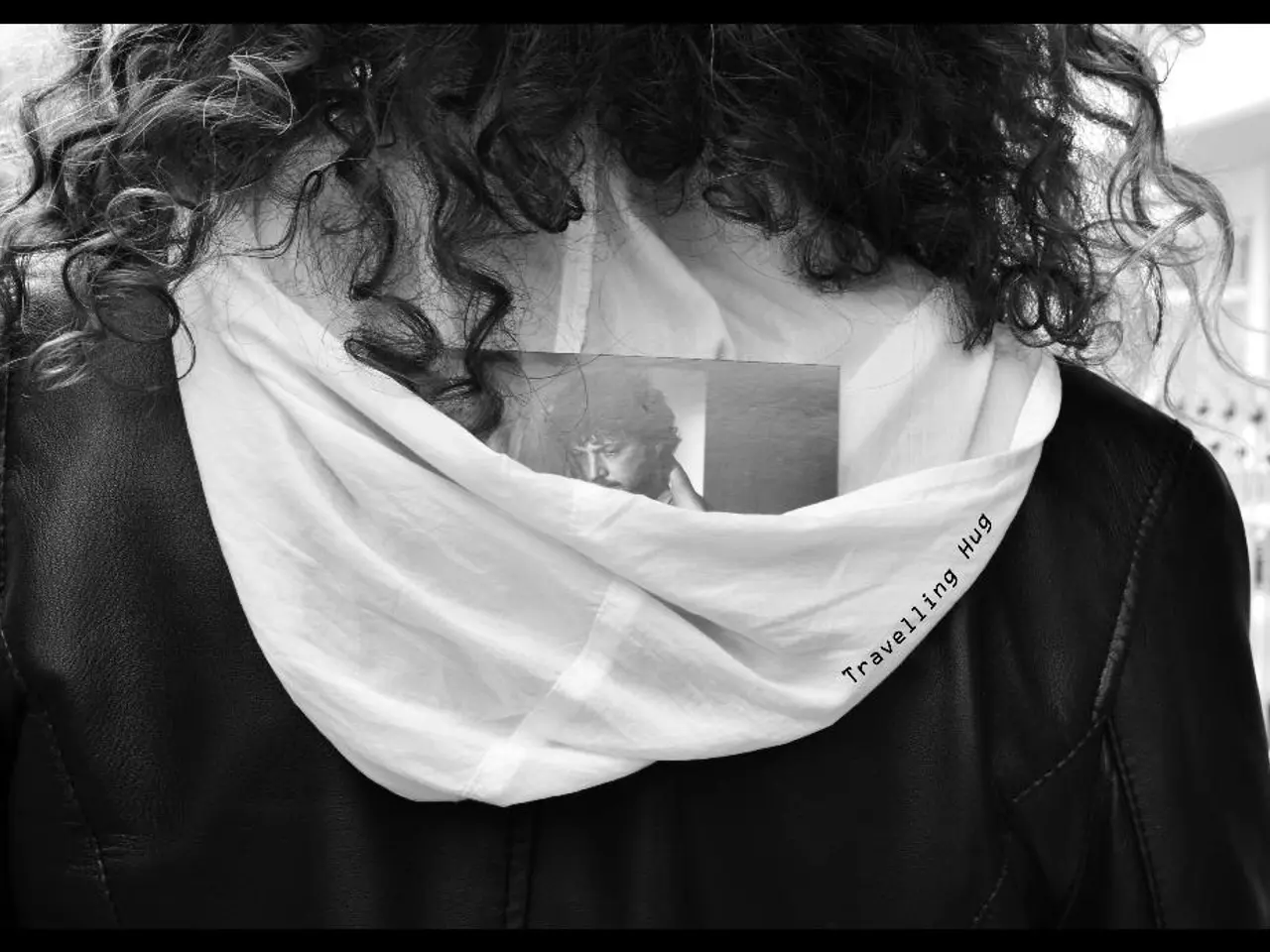Differentiating Between Coats and Jackets: A Guide
In the world of fashion and practicality, coats and jackets stand as two essential layers that guard us against the elements. While they may seem similar, these outerwear pieces have distinct differences that are worth understanding.
Length
Coats, generally speaking, are longer than jackets, often extending below the hips or even to the knees. This design allows them to cover more of the body, providing greater warmth. Jackets, on the other hand, tend to be shorter, stopping at the waist or hip level for easier movement and casual wear.
Materials
Coats are typically crafted from heavier fabrics such as wool, tweed, or heavy-duty materials like those found in traditional overcoats or duffle coats. Jackets, however, vary widely in materials. Leather is common for jackets with an emphasis on wind resistance and layering potential, while others may incorporate synthetic or down insulation for warmth.
Insulation
Coats usually provide more insulation naturally through thick fabric layers, with some winter coats having added synthetic or down fill for increased warmth. Jackets rely heavily on advanced insulation materials such as down or synthetic fibers to provide warmth in a compact design; leather jackets, for example, require proper linings or additional layering underneath to be warm.
Usage
Coats are often worn in colder weather or formal situations due to their longer length and classic styles, suitable for office, events, or extreme cold conditions like parkas or duffle coats. Jackets are more versatile for casual, everyday wear and adaptable across seasons — they can be lightweight or insulated and are often preferred for layering and active use.
Popular Styles
Popular coat designs include parkas/anoraks, peacoats, puffer coats, and trench coats. Jackets, including varsity jackets, bomber jackets, suit jackets, and blazers, frequently function as a key component of a look. A gilet, also known as a sleeveless jacket or ski vest in American English, is a popular style of sleeveless jacket that is a simplified version of a down-filled winter coat without sleeves.
Fasteners
The sort of fasteners on coats and jackets can be similar, but jackets use zippers more frequently than coats. Coats often have a front opening, long sleeves, and can be fastened with belts, hook-and-loop fasteners, zippers, buttons, toggles, or any combination of these.
In summary, coats tend to be longer, heavier, and used for formal or colder conditions, made from thick woven fabrics, while jackets are shorter, come in diverse materials like leather or synthetic insulated shells, and are more versatile for layering and casual wear. This distinction is not rigid, as styles and materials continue evolving, but it reflects traditional functional differences.
In terms of fashion-and-beauty, coats and jackets both serve unique purposes in a person's lifestyle, with their length, materials, insulation, usage, and popular styles distinctly varying. Coats, as the heavier and longer outerwear, are often associated with formal or cold weather events, while jackets offer versatility for casual everyday wear across seasons, also including styles such as home-and-garden designs like gilets for layering.




